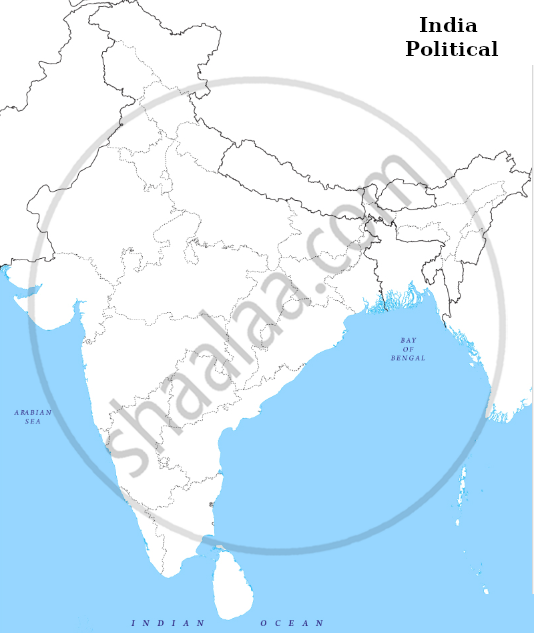Advertisements
Advertisements
Question
Answer in 100-150 words:
Examine the evidence that suggests that land revenue was important for the Mughal fiscal system.
Solution
- Revenue from the land was the economic mainstay of the Mughal Empire. It was therefore vital for the state to create an administrative apparatus to ensure control over agricultural production, and to fix and collect revenue from across the length and breadth of the rapidly expanding empire.
- This apparatus included the office (daftar) of the diwan who was responsible for supervising the fiscal system of the empire.
- Revenue officials and record keepers penetrated the agricultural domain and became a decisive agent in shaping agrarian relations.
- The Mughal state tried to first acquire specific information about the extent of the agricultural lands in the empire and what these lands produced before fixing the burden of taxes on people.
- The land revenue arrangements consisted of two stages – first, assessment and then actual collection. The jama was the amount assessed, as opposed to hasil, the amount collected.
- Akbar decreed that while he should strive to make cultivators pay in cash, the option of payment in kind was also to be kept open. While fixing revenue, the attempt of the state was to maximise its claims.
- Both cultivated and cultivable lands were measured in each province. The Ain compiled the aggregates of such lands during Akbar’s rule.
- Aurangzeb expressly instructed his revenue officials to prepare annual records of the number of cultivators in each village. Yet not all areas were measured successfully.
RELATED QUESTIONS
Map work
On an outline map of the world, mark the areas which had economic links with the Mughal Empire, and trace out possible routes of communication.
Consider the following statements regarding the classification of lands under Akbar.
- Polaj is land which is annually cultivated for each crop in succession and is never allowed to lie fallow.
- Chachar is land uncultivated for five years and more.
- Parauti is land left out of cultivation for a time that it may recover its strength.
Which of the following statements is/are correct?
Match the following.
| List I | List II |
| A. Diwan | 1. Imperial regulation in the province |
| B. Amin | 2. Supervision of the fiscal system of the empire |
| C. Amil guzar | 3. Village headmen |
| D. Mugaddam | 4. Revenue collection |
Who among the following rulers was insulted when was come to accepting the Mughal authority in the court of Aurangzeb?
Mansabdari System was introduced by ______.
On the given political outline map of India, a capital of the Mughal Empire is marked as 'A'. Identify it and name it on the line drawn near it.

Match the following:
| List-I (Lands in Mughal Empire) |
List-II (Features) |
| i. Polaj | A. Land always being cultivated |
| ii. Parauti | B. Land fallow for three to four years |
| iii. Chachhar | C. Land fallow a year |
| iv. Banjar | D. Land uncultivated for five years |
How revenue from the land was the economic mainstay of the Mughal Empire? Explain with examples.
The ______ was the amount assessed and ______ was the amount collected by the Mughal Kings as land revenue.
